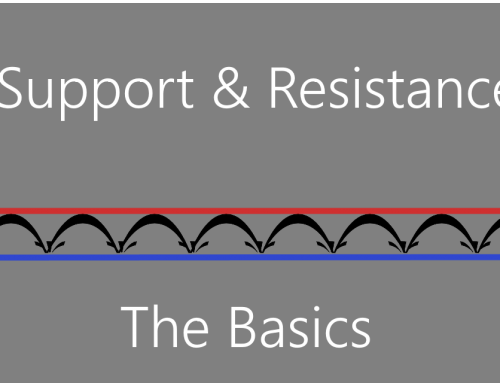Learn what’s important in corporate stock split press releases
A split announcement can be worded in various ways, and for the novice it may appear at first glance that the interpretation should be different. Let’s take a look at the wording of two different announcements:
1. ABC, Inc. today declared a stock dividend of one share of Common Stock for each issued and outstanding share of Common Stock held by shareholders of record as of June 14, 2003. The stock dividend will increase the number of issued and outstanding shares of common stock of the Company from approximately 200 million to approximately 400 million. Certificates reflecting the stock dividend will be issued on or about June 30, 2003.
2. WYZ Company announced today that its directors have approved a two- for-one stock split. The company stated that on June 30, 2003, stockholders will receive two additional shares for every share they own on the record date of June 14, 2003.
Note first that ABC, Inc. announced a “dividend” vs. WYX Company’s “split” announcement. Is there a difference? Absolutely not. Looking up the definition of a “dividend,” we find that it is; 1) A number that is divided; or 2) A sum of money to be divided among shareholders. In ABC’s announcement they are merely communicating that they will issue one share of outstanding stock for each that is held by a shareholder. The key is that there is no cash outlay compared to a “normal” cash dividend that is declared and paid.
Once you get past the terminology of “dividend” vs. “split,” most announcements are relatively easy to interpret and these common elements are found:
Split Ratios
The majority of stock splits are 2-for-1 meaning that for every one share of stock owned, one additional share will be received with the result being that the shareholder will own two shares for every one share currently held. 2-for-1, 3-for-1, 3-for-2, and 5-for-4 are all popular split ratios; however, there is no limitation on the ratio. If a company wanted to execute a 50-for-1 ratio, they could. In the past, of all split ratios the 3-for-2 performed the best.
** A note on Reverse Stock Splits Although rare, every now and then you will see or hear of a reverse stock split. Investors generally view this negatively, as it is often a ploy to prop up the share price. Only on occasion is it done for a positive reason. In other words….avoid them!
Key Dates For Splitting Stocks
Split Record Date – This is probably the most confusing term within a split announcement. The reason for this is that many investors are used to associating this date with a “cash” dividend. To receive a “cash” dividend you must own the stock on the record date. In the case of a stock split, the record date is meaningless. This in itself can make the record date key since those that don’t understand this may be scrambling to go out purchase the stock in hopes of taking part in the split.
Split Pay Date – This is the date that the stock dividend or split will be paid.
Split Execution Date – This date is not often found in a split announcement, but it will always be the first trading day following the “split pay date.” For example, if the pay date is on a Friday, then you can expect to see the affect of the split when the market opens on the following Monday. On this date the stock price will be adjusted and you should see the additional shares in your brokerage account. Brokerages can vary as to when they will reflect additional split shares in your account. Some will reflect it immediately on the execution date and others will wait several days until the actual certificates are received.






